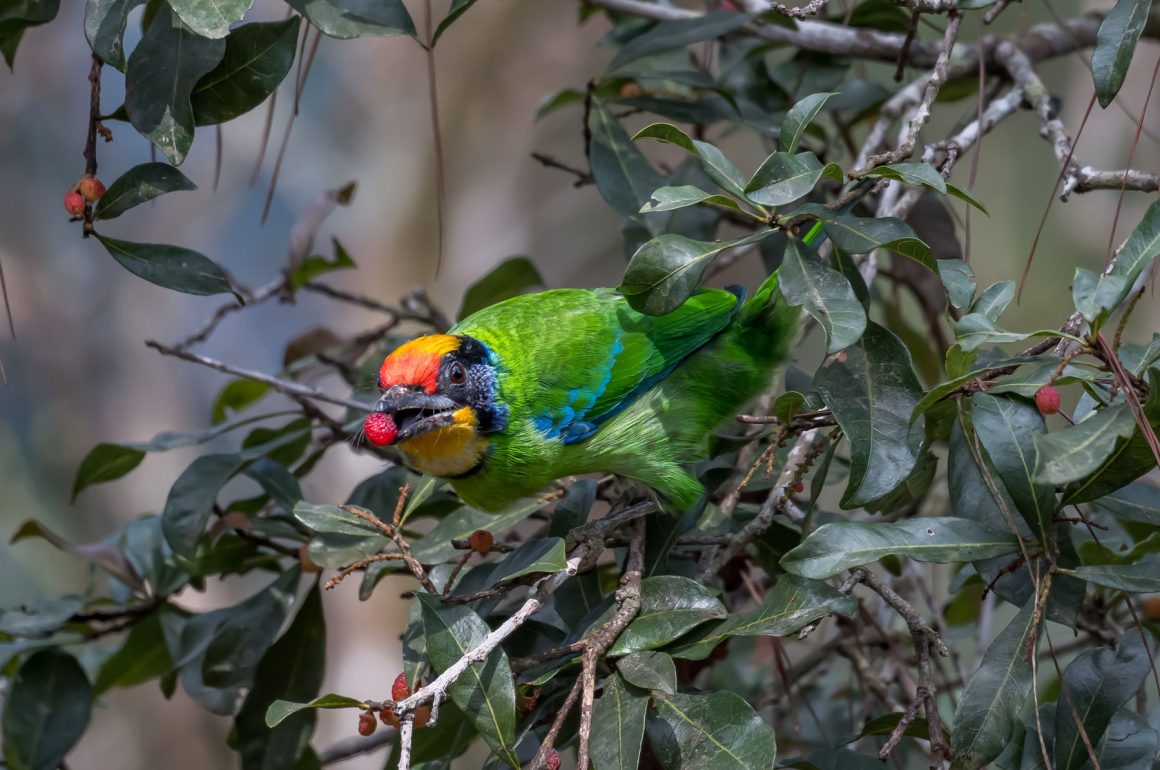
It is hard not to be sexist when you only see a female Fire-breasted Flowerpecker.
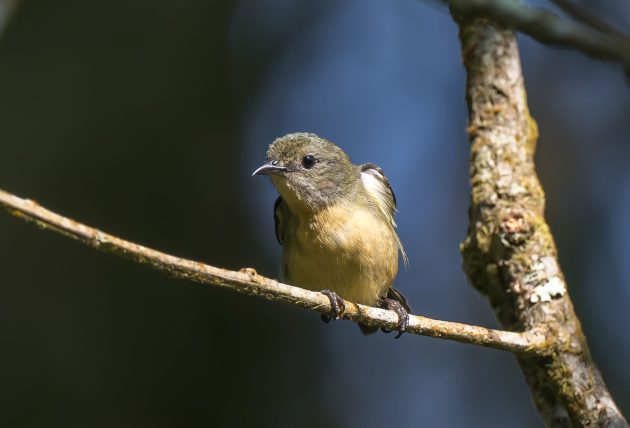
eBird rubs it in, talking about the “brilliantly red patch like a bloodstain on the breast [of the male] and continuing “Female is much plainer”.
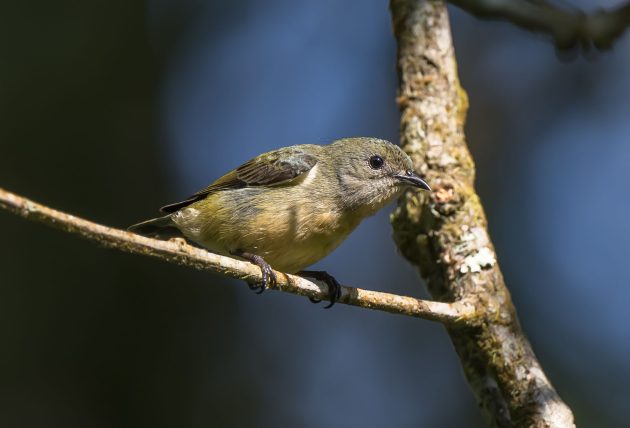
The female Little Pied Flycatcher gets a similar drubbing by eBird: “Female is unique in her plainness” …
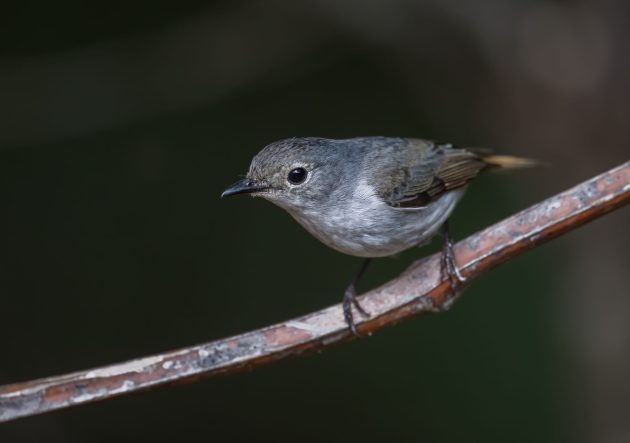
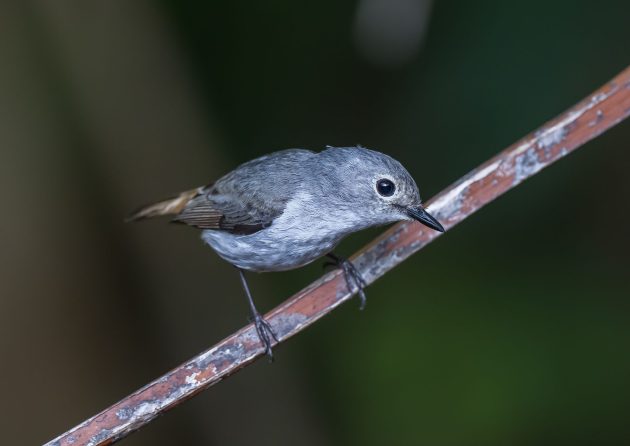
… particularly in comparison to the praise heaped on the male: “Male is strikingly unique with his bold black-and-white patterning”.
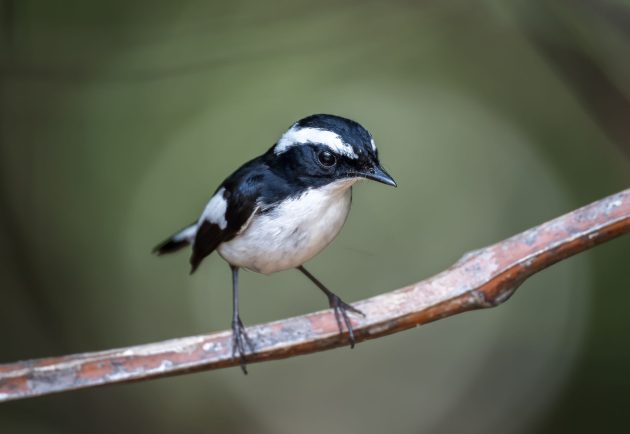
The scientific name Ficedula westermanni refers to Dr Gerardus Frederik Westerman (1807-1890), a Dutch zoologist and publisher who was also a co-founder and Director of the Amsterdam Zoological Gardens.
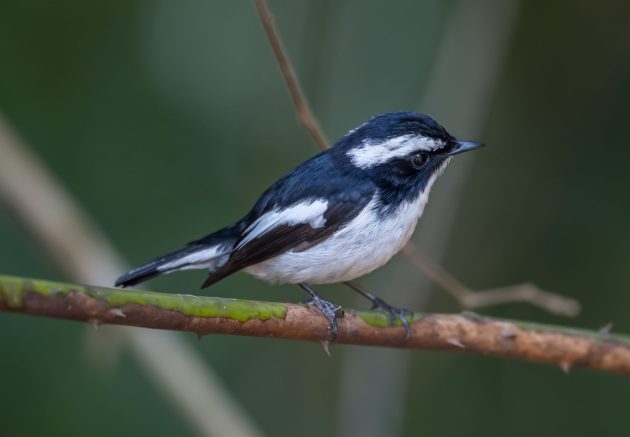
Initially, the zoo could only be visited by the members who financed it, but from 1852 onwards non-members were allowed to visit the zoo during September (source). This is the kind of information you gather when you spend too much time googling.
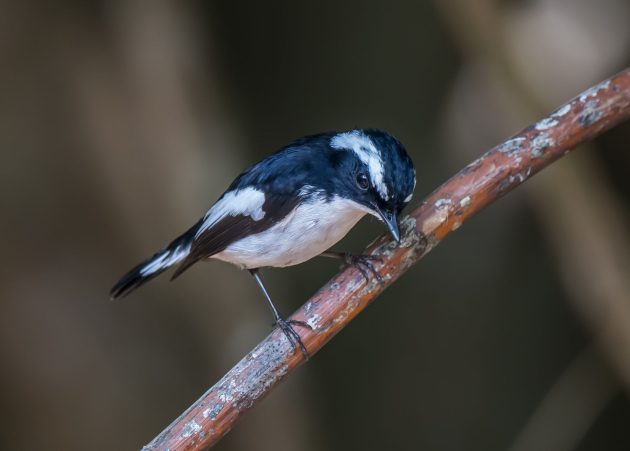
On the other hand, the female Grey Bush Chat is arguably more attractive than the black-and-white-only male.
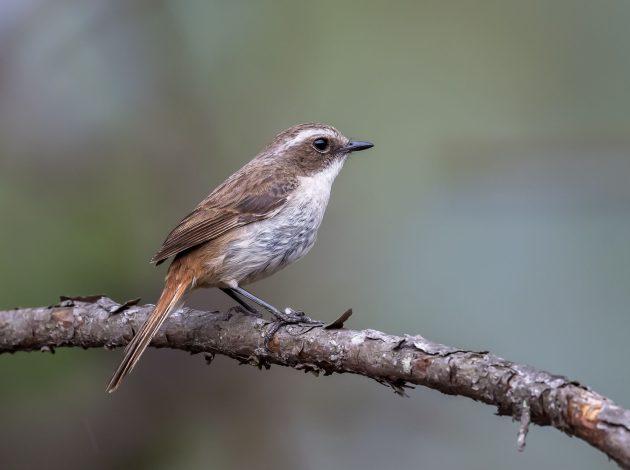
In any case, I take it as a compliment to my own masculinity that it seems easier for me to see the females of all these species.
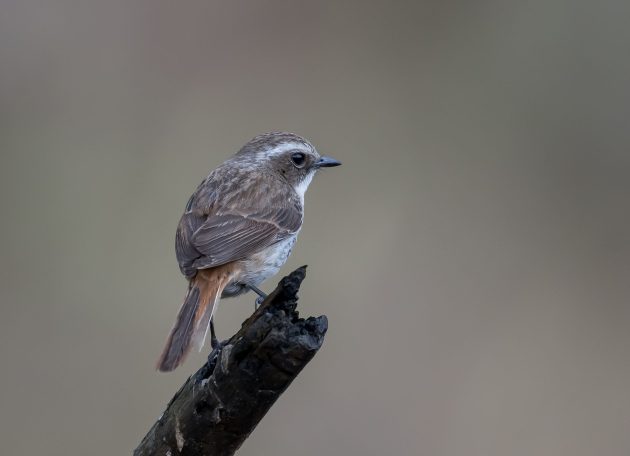
The Black-throated Bushtit around here is the subspecies Aegithalos concinnus annamensis, the Black-throated Tit (Gray-crowned).
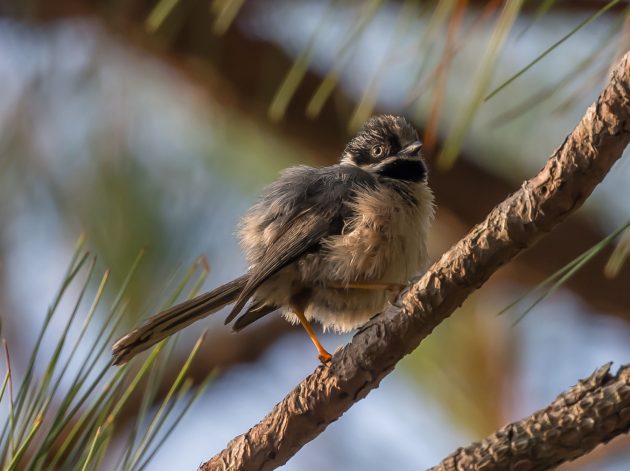
It might be recognized as a full species eventually, which for me has no relevance whatsoever as I am not a lister.
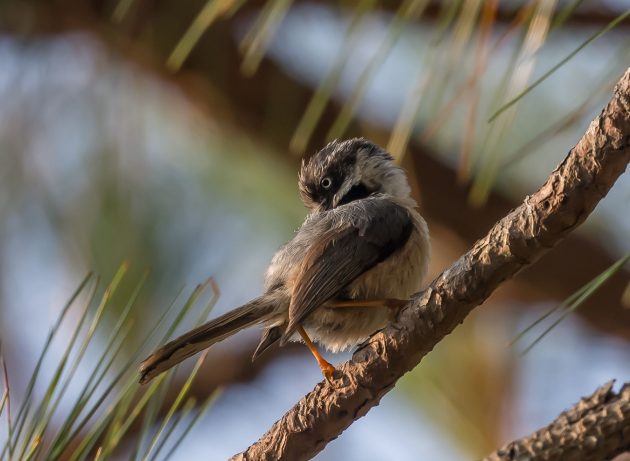
There also seems to be some uncertainty whether the name of this bird is Black-throated Tit or Black-throated Bushtit. To be on the safe side, the HBW simply uses both terms on the same page. Genius.
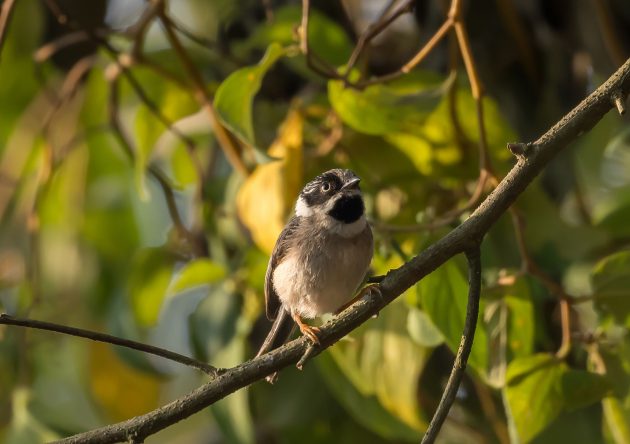
It is probably a bit hard to make the Mountain Fulvetta sound interesting …
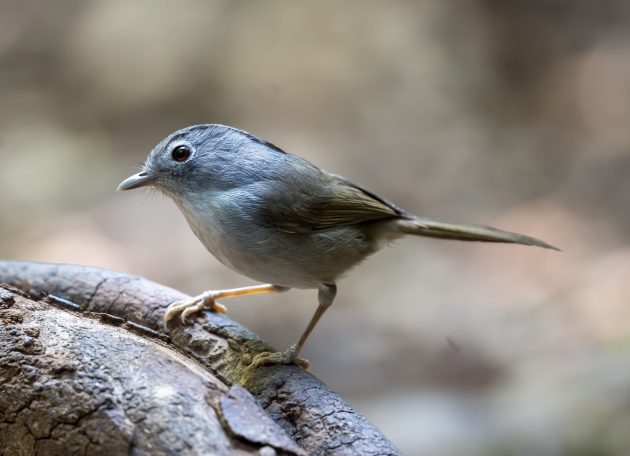
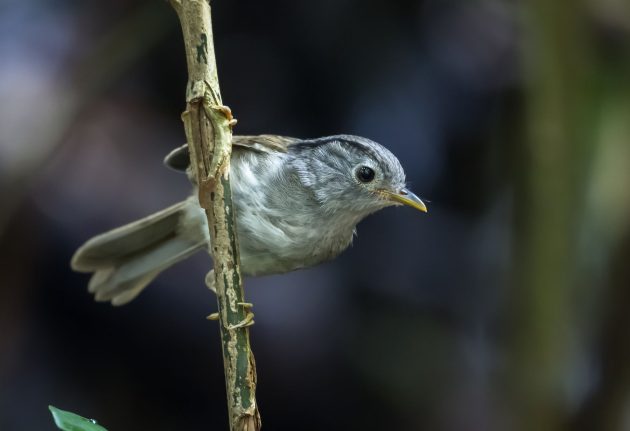
… and indeed, eBird only manages to call it a “plain fulvetta”.
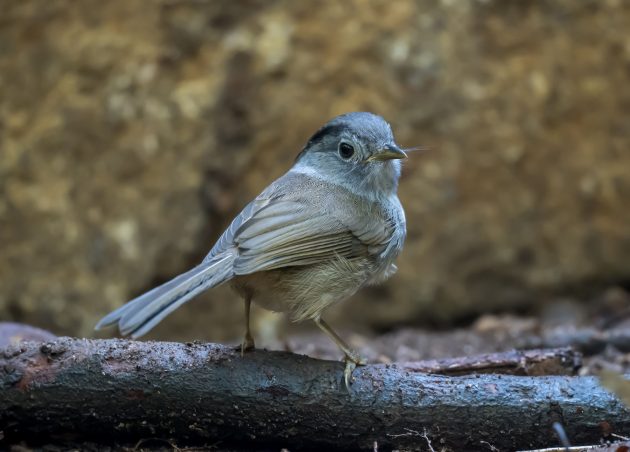
The Large Niltava is a species in which the female is more attractive than the male – at least in my opinion.
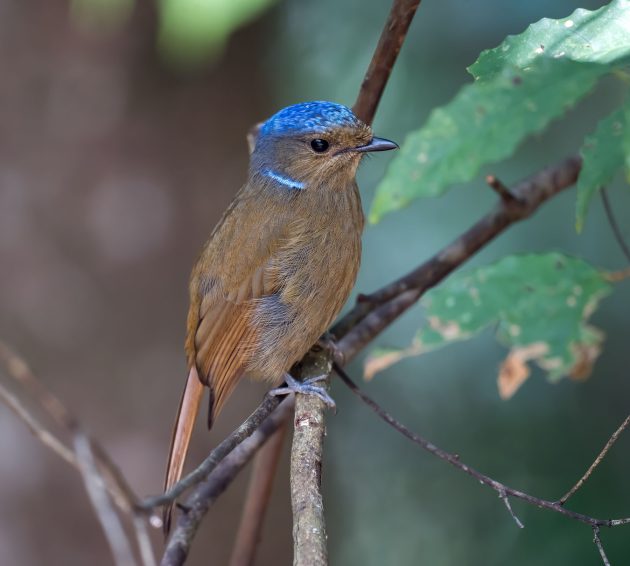
Can’t be much more elegant than this combination of brown and light blue.
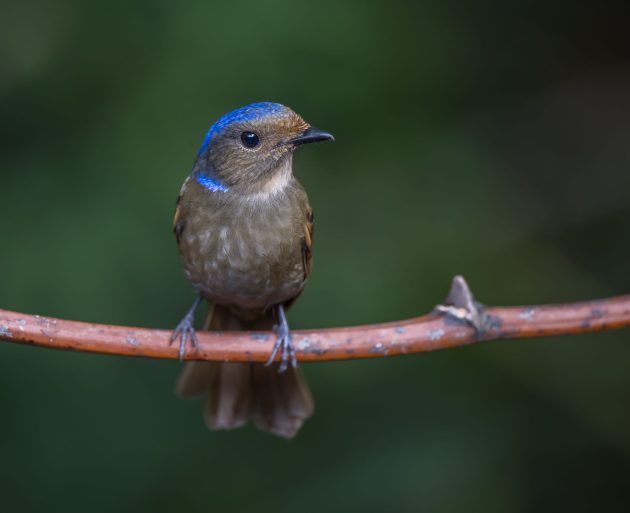
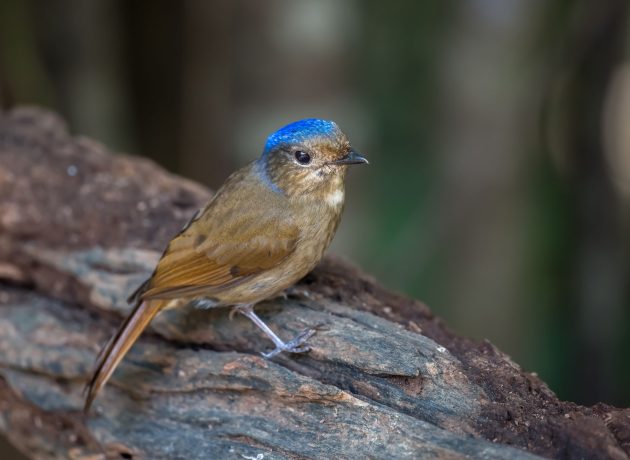
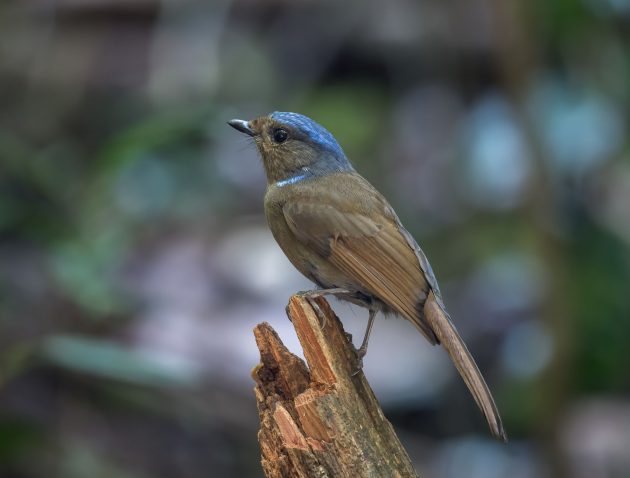
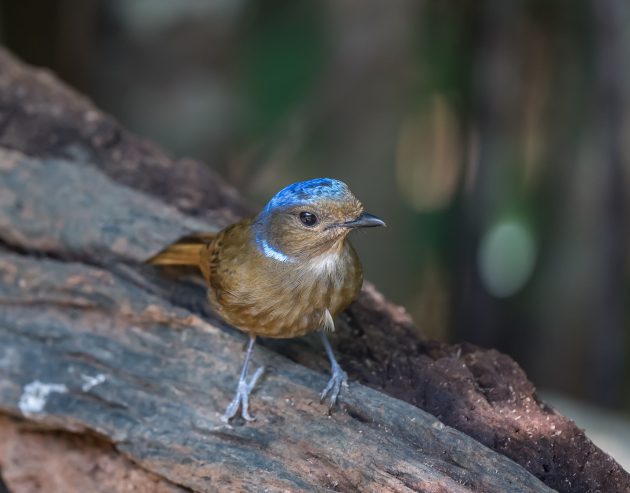
That is not to say that the male looks bad.
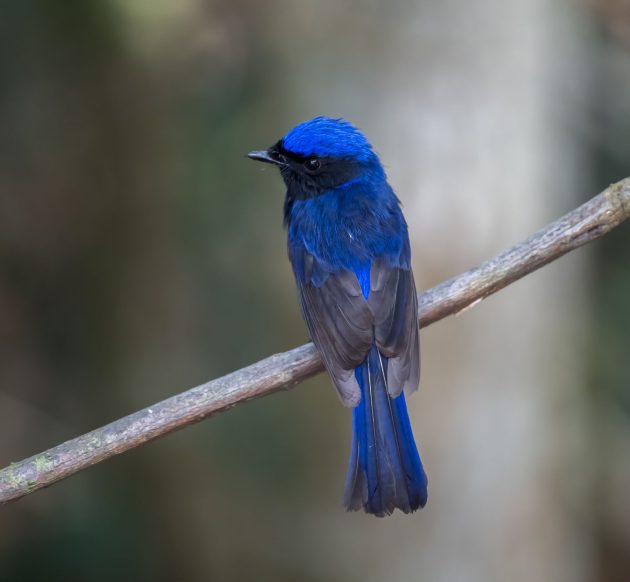
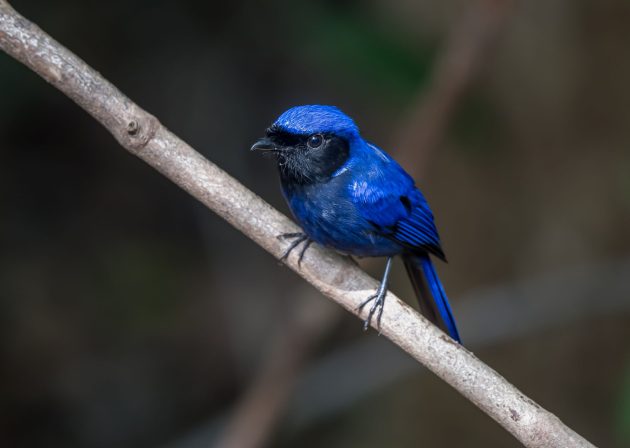
NepalDesk seems to have again asked ChatGPT to write something on niltavas: “In conclusion, the Niltava genus provides a fascinating glimpse into the diversity of life that thrives within our planet’s rich ecosystems”.
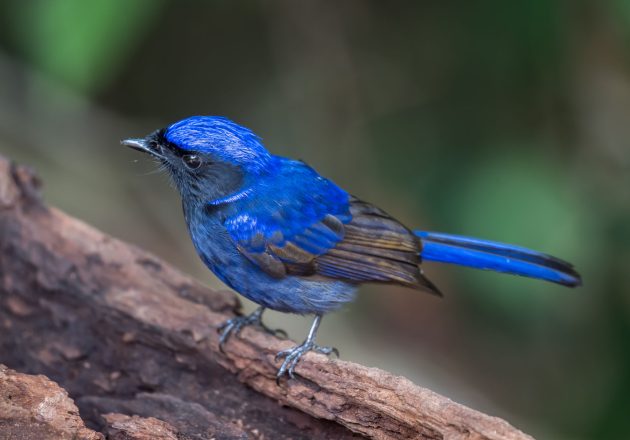
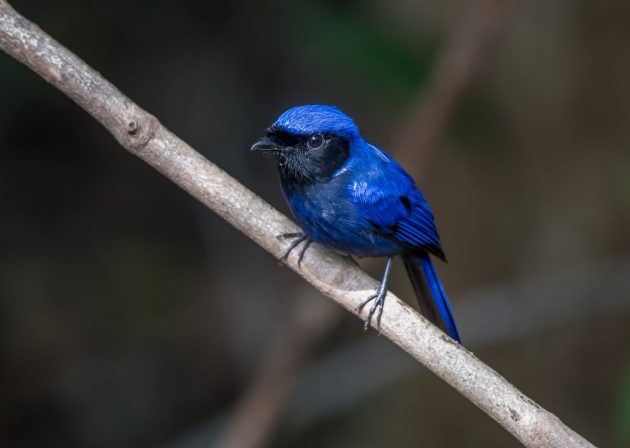
The Rufous-browed Flycatcher seems to be extremely good at hiding its nests, if the example in this paper is typical.
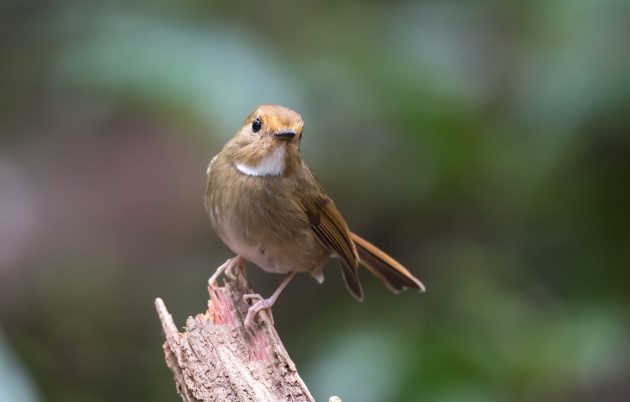
One would think that it is easy enough to find a good scientific name for a bird with such a distinct white throat.
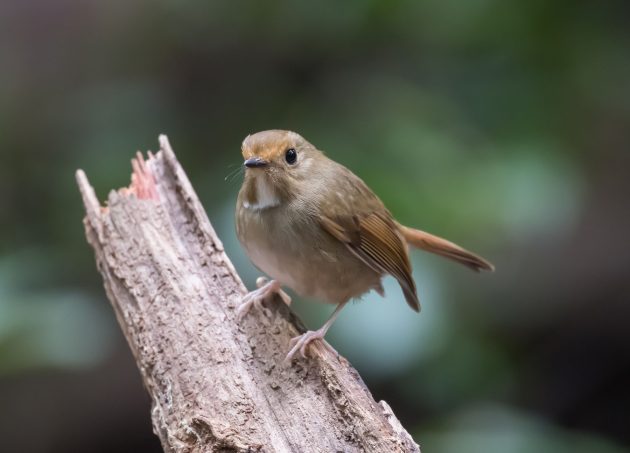
But one would be wrong. The solitaris in Anthipes solitaris just means “solitary, alone”.
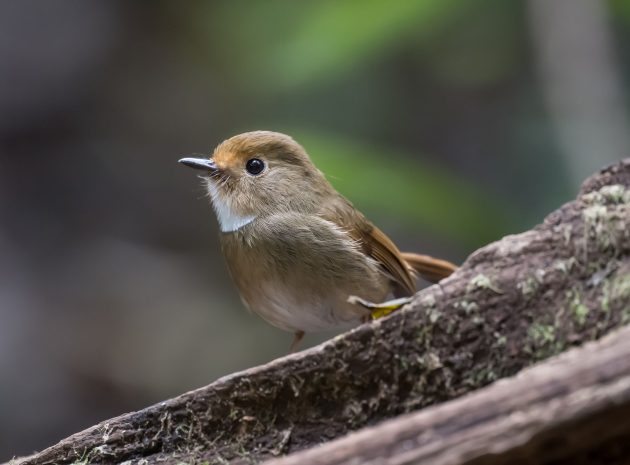
I don’t think I have anything interesting to say about the Snowy-browed Flycatcher. It is a cute bird though, particularly the male.
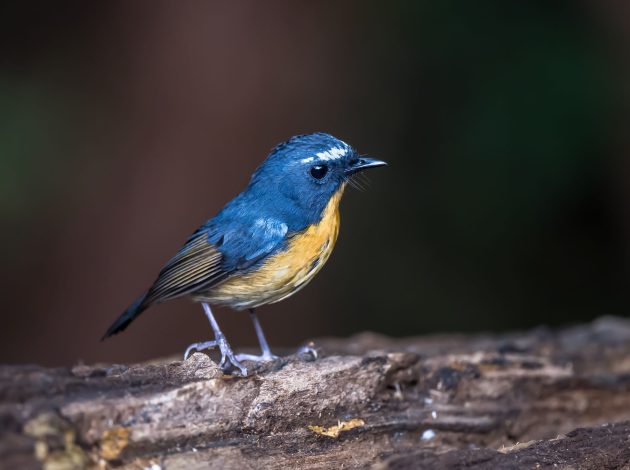
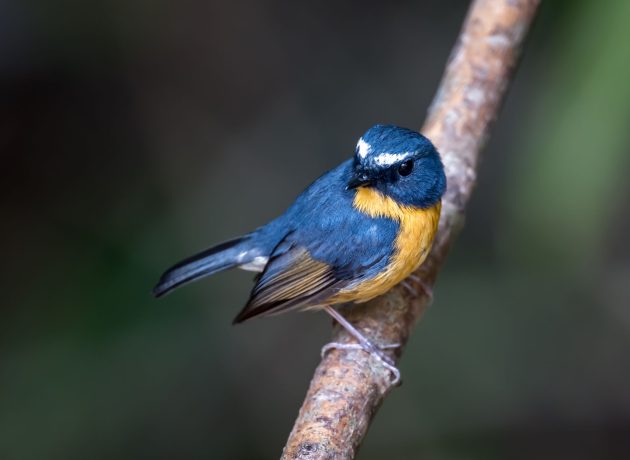
The female, somewhat less so.
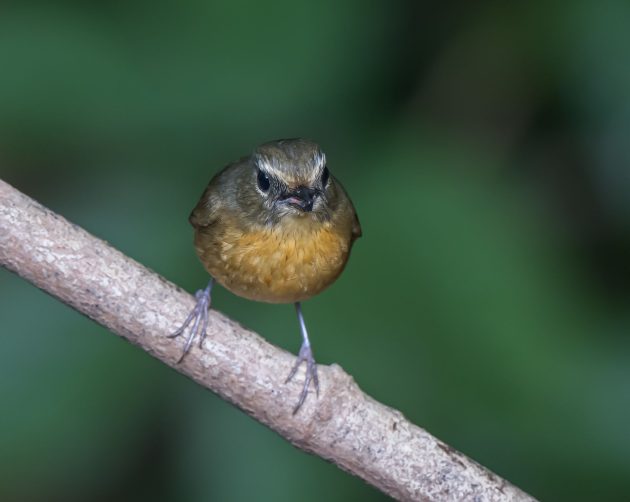
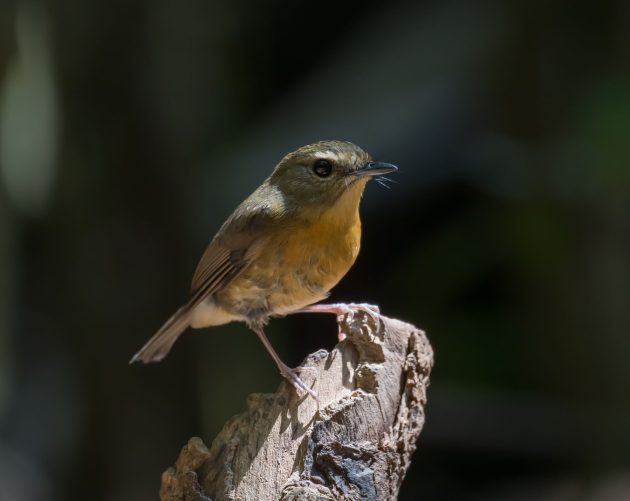
I have probably mentioned this in a previous post, but if your memory is as bad as mine, it should not matter. So, I will repeat some rather interesting research on the Verditer Flycatcher.
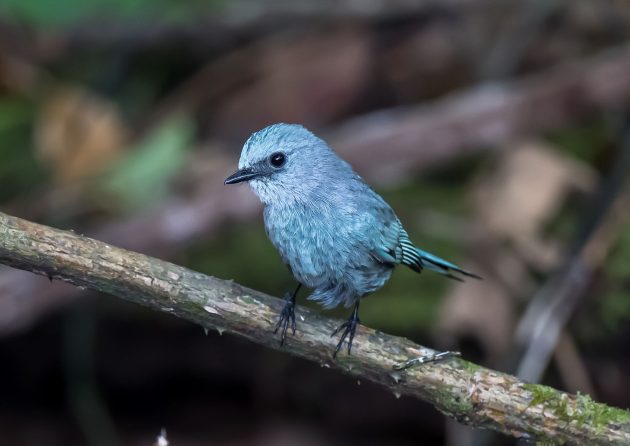
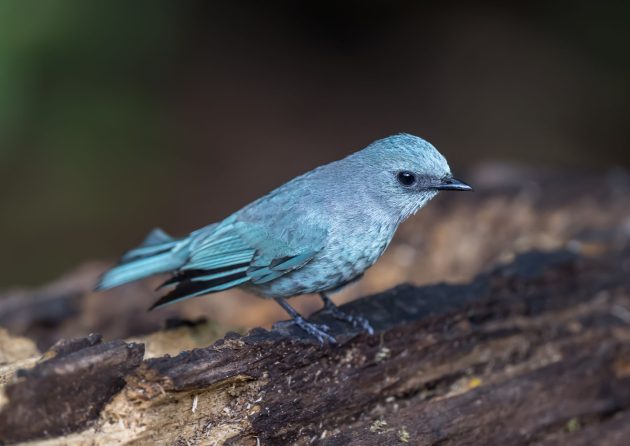
This research shows that the Verditer Flycatcher has no rejection mechanism for cuckoo eggs. So why doesn’t the species then end up being the ideal host for cuckoos?
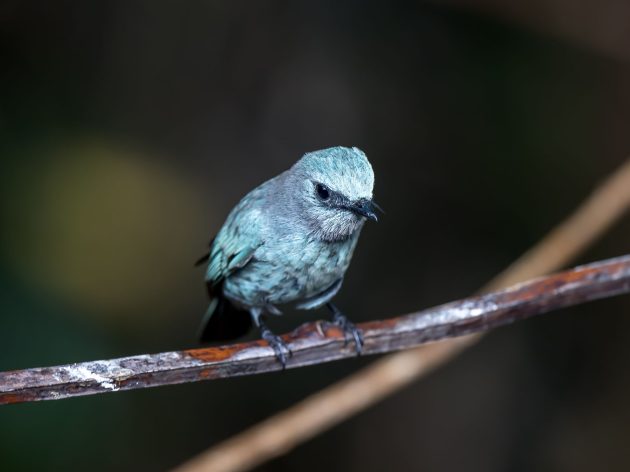
It seems they feed their chicks only insects with thick exoskeletons (beetles, grasshoppers). These are more or less impossible to digest for most chicks including cuckoo chicks – so any cuckoo chicks hatching in the nests of Verditer Flycatchers simply starve very quickly. The paper even has a somewhat offputting photo of a dead cuckoo nestling filled with undigested insects.
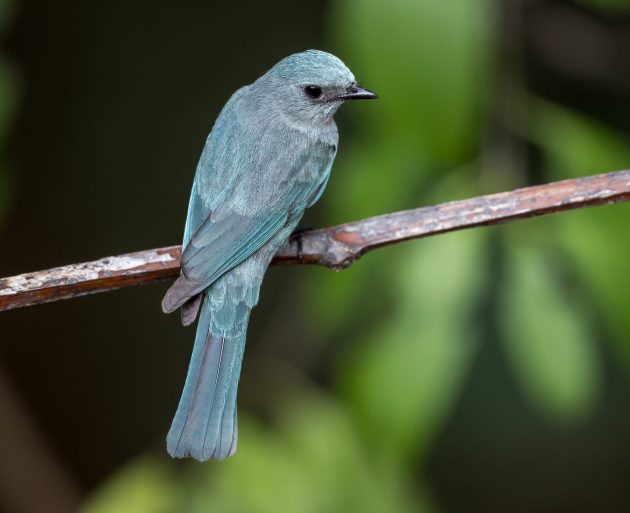
Why a 5-page paper needs to have 10 authors remains a mystery to me, though.
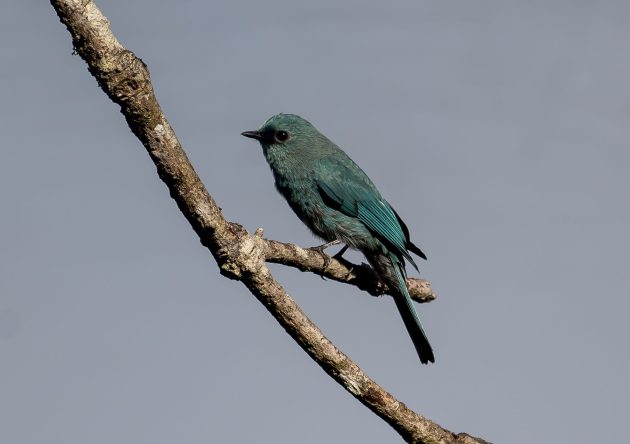
On the one hand, eBird seems fond enough of the Clicking Shrike-babbler, calling it a “handsome little bird”.
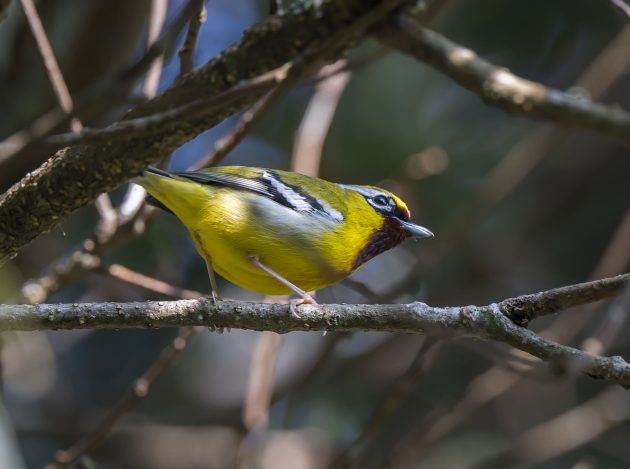
On the other hand, the bird gets some flak for not being very sporty: “Like most other shrike-babblers, tends to be rather slow and not particularly acrobatic, often trailing along on the edges of mixed flock”.
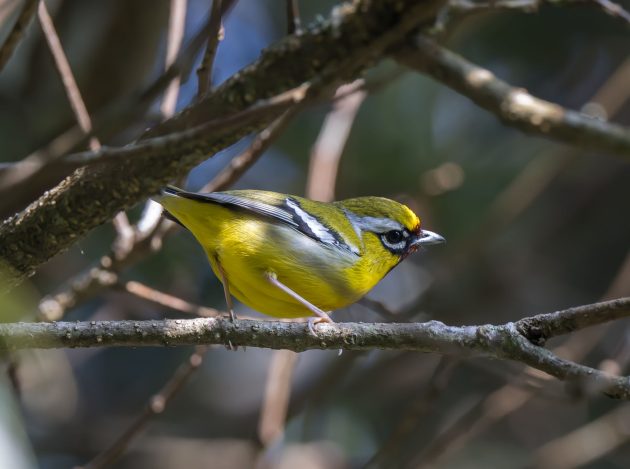
It would have made more sense to direct any criticism at whoever gave the species its scientific name Pteruthius intermedius: intermedius means intermediate or between two others, indicating species that have intermediate plumage, size, or distribution – certainly no prize for creativity here.

The eBird description of the Grey-bellied Tesia is an indication that the writer may have spent too much time reading “The Lord of the Rings”: “Long-legged and short-tailed, this tiny bird moves rapidly and unseen through dark, dense undergrowth like a pint-sized shadow”.
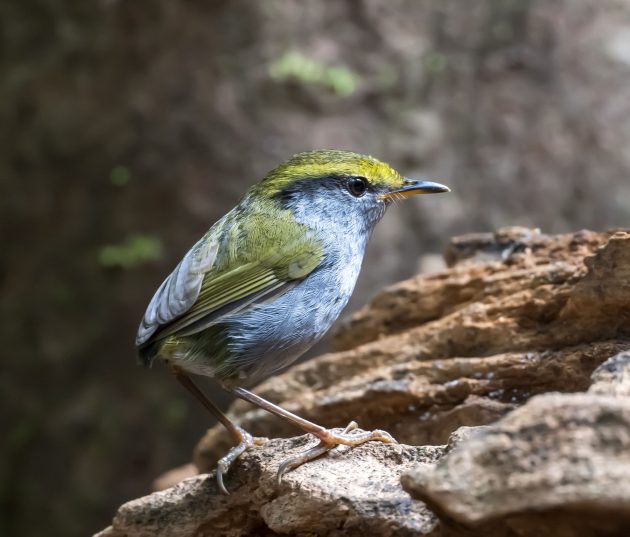
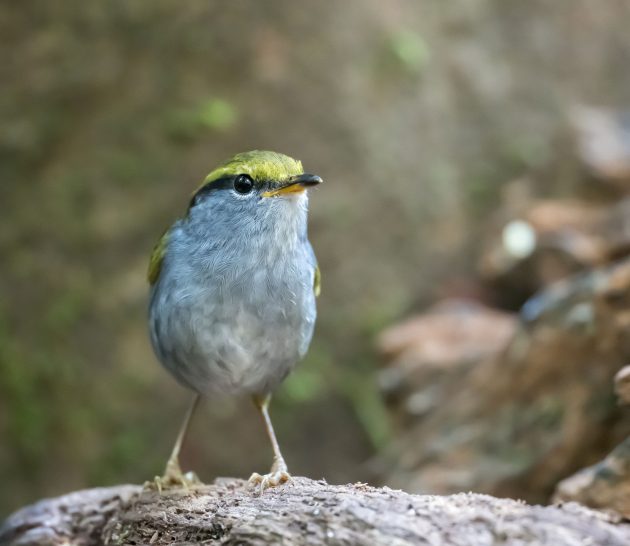
Thus for once, eBird almost manages to match the page on the species by NepalDesk with the title “Grey-bellied Tesia: Whispers of the Undergrowth”.
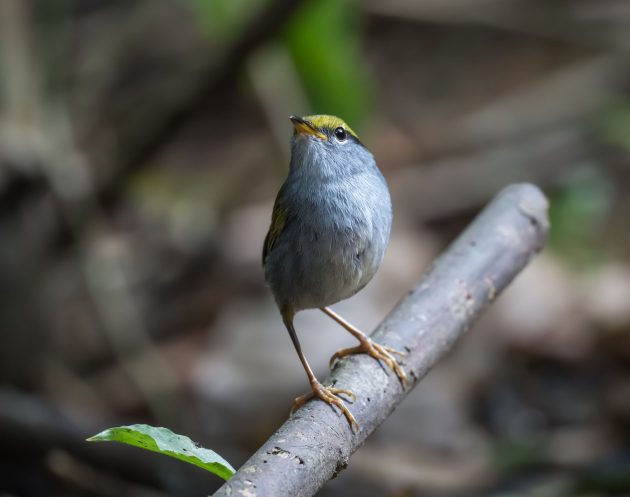
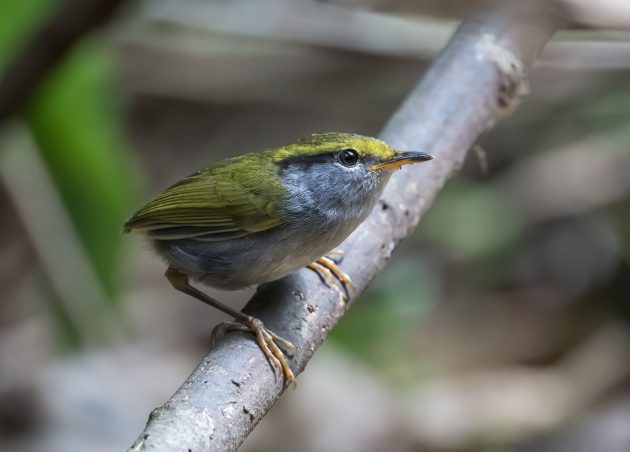
The Grey-bellied Tesia is also parasitized by some cuckoo species (source), even though it is hard to imagine how such a small bird can successfully raise a much bigger cuckoo. Anyway, it makes for cute photos.
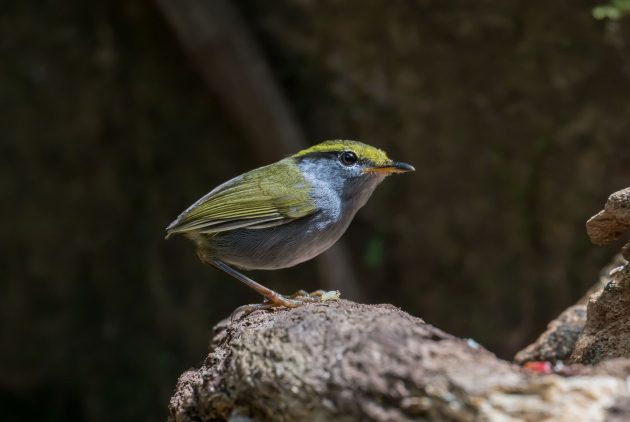
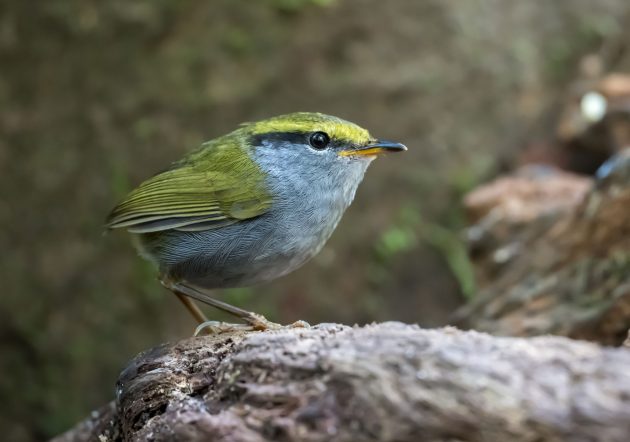
The Short-tailed Scimitar Babbler is listed as Near Threatened.
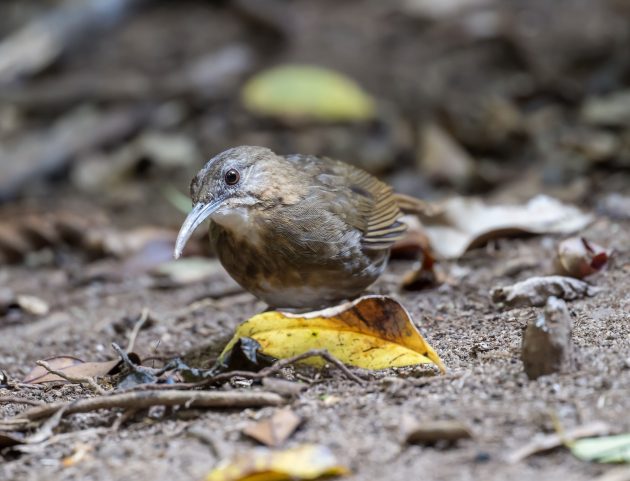
Though the photos here suggest that this status may be the result of a somewhat grumpy attitude toward life, in reality, having a restricted forest range that is subject to degradation seems to be the bigger issue.
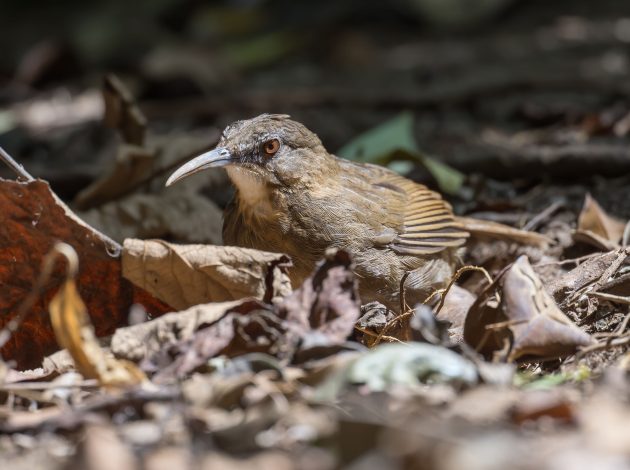
The scientific name Napothera danjoui even provides a tenuous link to my hometown Shanghai. François André Gustave Abel Danjou [at that time, people erroneously believed that there was a link between the length of a man’s name and that of his private parts] was a French diplomat and among other positions was a Vice-Consul in Shanghai from 1906 to 1916.
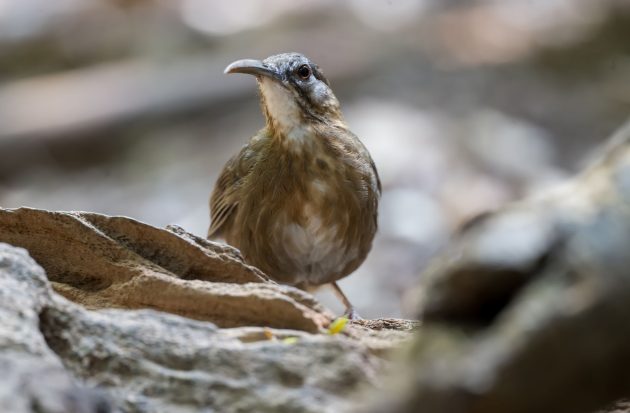
As with many of these bird names, it is unclear what the rationale for naming a bird after this guy is.
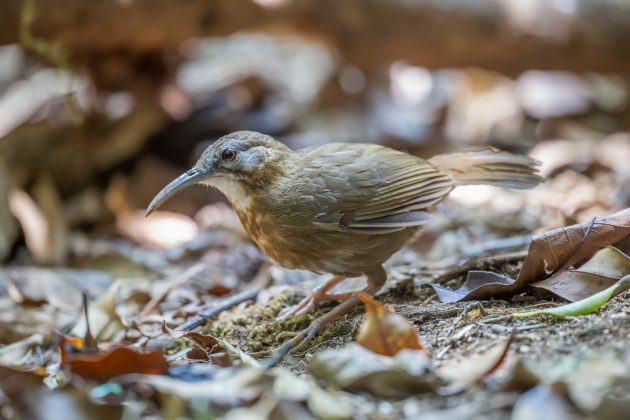
The Rufous-throated Partridge found in this part of Vietnam refuses to conform to stereotypes such as having a rufous throat.
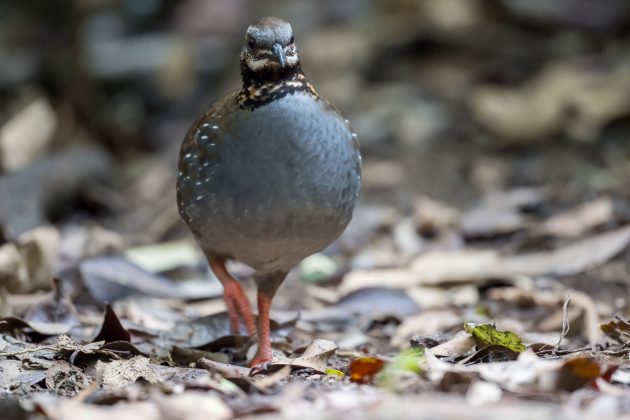
Presumably, this makes it the subspecies Arborophila rufogularis annamensis (even though I usually insist I will only bother with subspecies after my retirement).
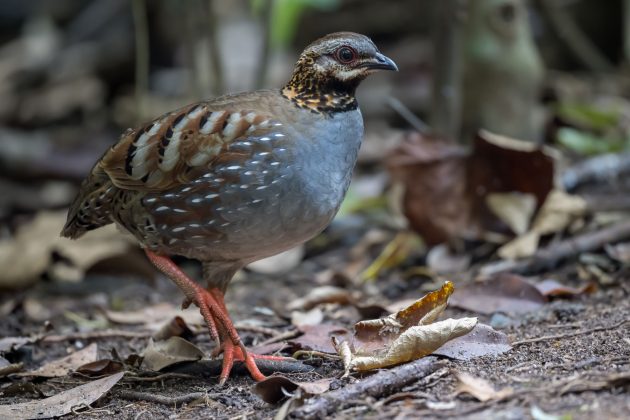
Life is too short to stuff mushrooms or to bother with subspecies.
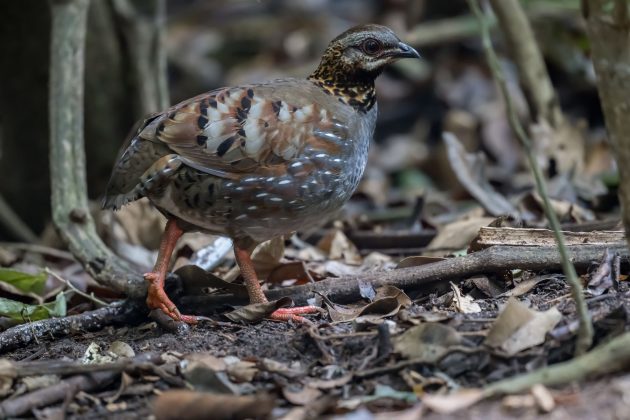
eBird explains that “it moves about in medium-sized convoys through the dense undergrowth”, which -as I have read too many books on military history – sounds pretty cool and somehow suggests cute tiny Humvees are involved.
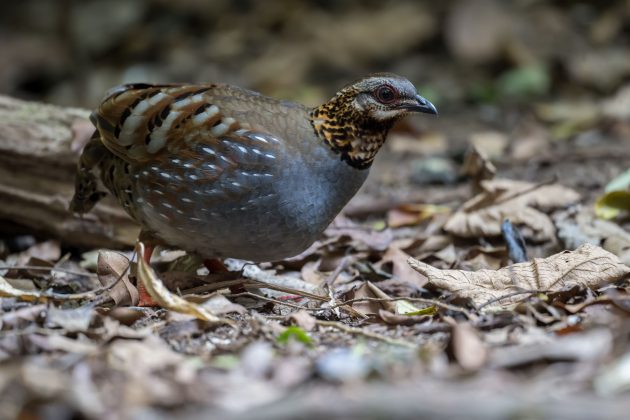
It is amazing what kind of topics are the subject of scientific research. I found one paper titled “How the color of reflective materials influences the occurrence of mammals and birds”, which has a cameo appearance by the partridge.
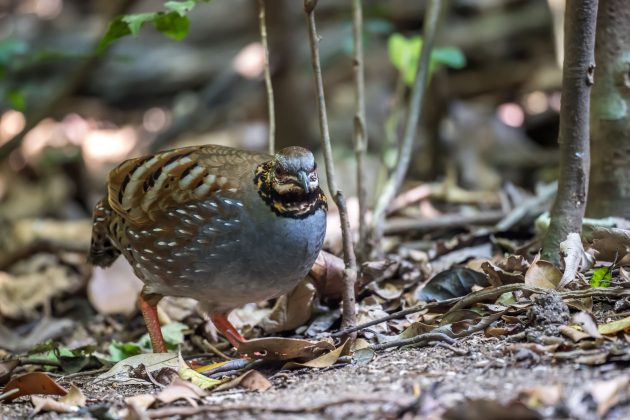
The conclusion is that such reflective materials may repel birds and thus should be avoided in protected areas – though they might be useful at places such as airports.
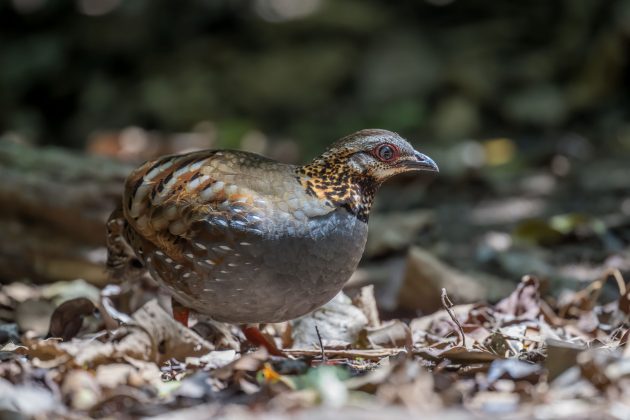
Outside the hides of Dalat, fruit trees attract barbets such as the Indochinese Barbet.
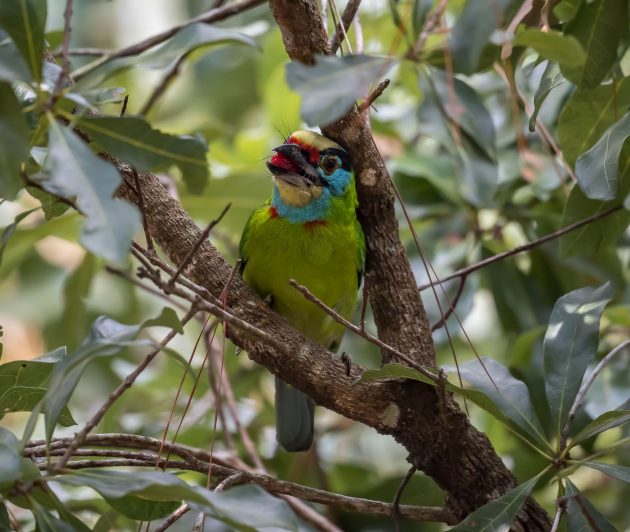
eBird describes the species as “loud but sluggish”.
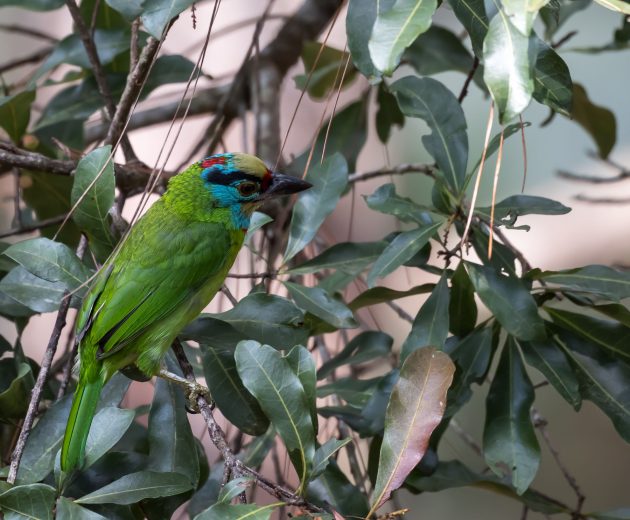
The genus name Psilopogon sounds like it could be a good name for an AI-based logistics optimization software. Maybe you should try and reserve the domain www.psilopogon.com, assuming it is still available.
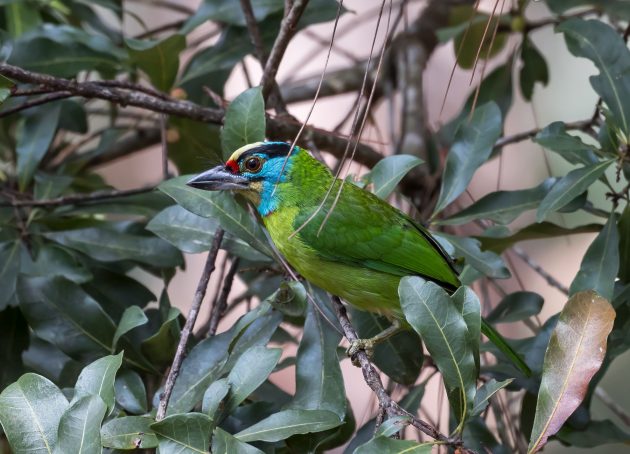
Arguably, the Necklaced Barbet is a more attractive barbet species, sporting intense yellow parts rather than the yellowish throat and crown of the previous species that make it look like it has been washed a bit too frequently at high temperatures.
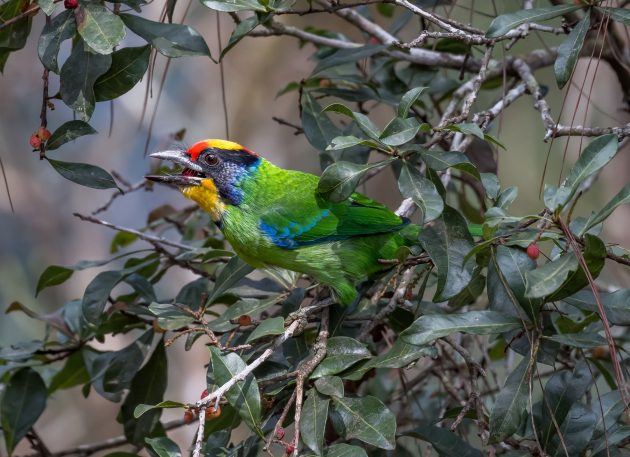
The Necklaced Barbet refuses to cooperate with the HBW in a number of research projects as it is described as being “chunky”. Apparently, the HBW authors did not learn anything from their past experience of calling their partners “chunky”.
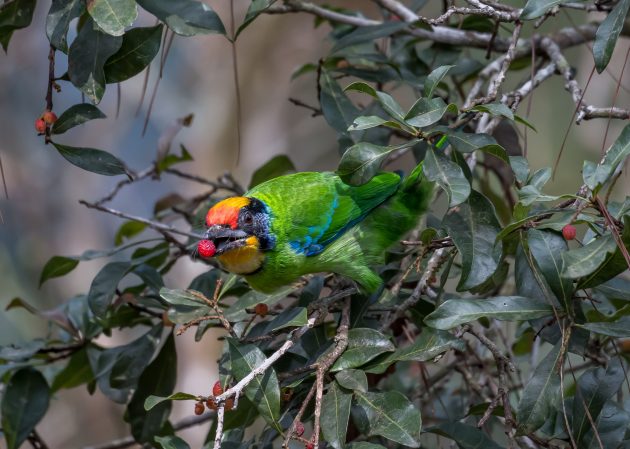
Its vocalization seems to be more or less indistinguishable from the Golden-throated Barbet even though the latter looks somewhat different – that seems to confirm a paper on barbets claiming that visual signals are more divergent between closely related species than acoustic signals.
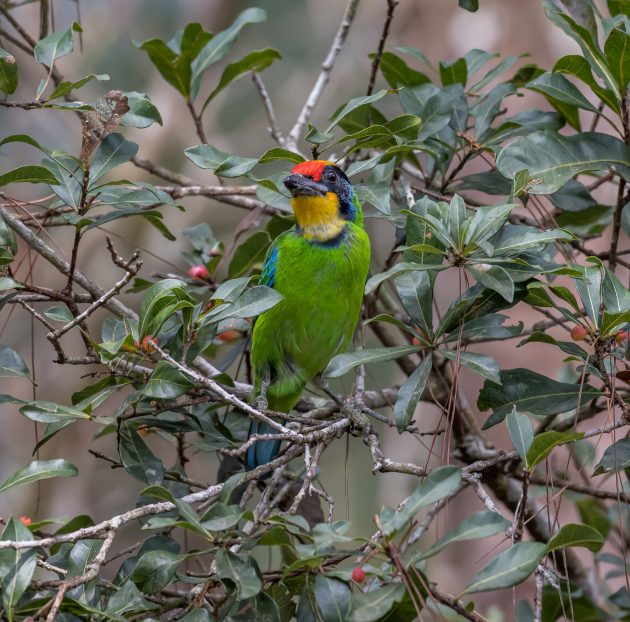
All photos taken around Dalat in early April 2024

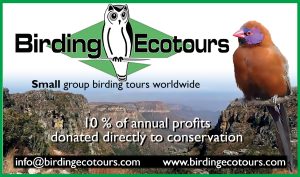
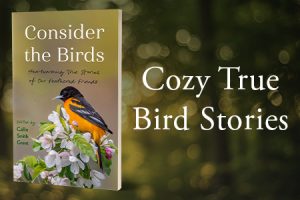

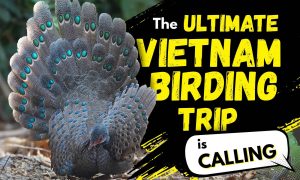
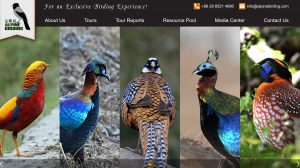

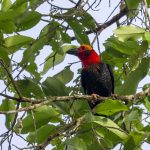
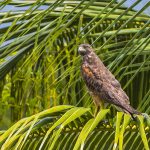
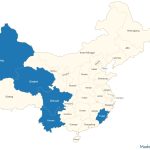



Some very striking tiny birds, I bet you had your work cut out trying to capture decent shots, which BTW you did. ?